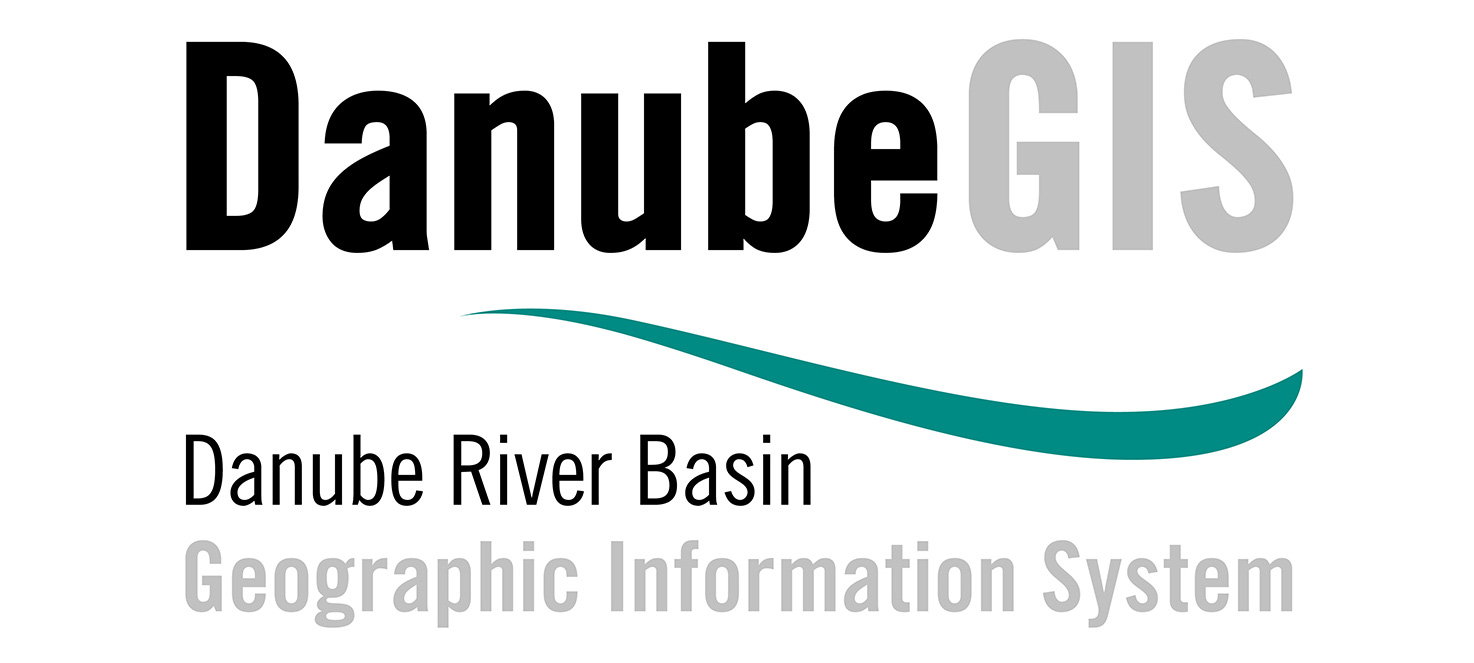Moldova
Moldova is one of the smaller countries of the Danube River Basin, but the Danube touches the southern point of Moldova for about 340 meters. Picturesque Moldova holds over 12,500km² of the Danube River Basin, including 8,300km² of the Prut River Sub-Basin, 3,300km² of the Yalpugh River Sub-Basin and 900km² of the Cahul River Sub-Basin.

Moldova’s landscape, climate and water flow
The Danube River Basin in Moldova is hilly with an average elevation of 200 metres – the highest point is 429 metres and the lowest 70 metres. The country receives 500mm of precipitation per year in the northern and central parts and 370mm per year in the south. Out of this amount, 70% occurs during the spring and summer and 30% in the winter.
Natural highlights include: Lakes Manta and Beleu, which are two of the largest natural lakes in Moldova. Lake Manta has an area of 1,100ha, while Lake Beleu is slightly smaller at 1,000ha. All lakes are located in the lower Prut Basin at a distance of 20-40km from the confluence with the Danube River.
Manmade Impacts
Approximately one million people live in the Danube River Basin within Moldova and settlements occupy around 8% of the territory. Some 70% of the population lives in rural areas and 30% in urban areas. Approximately 30% of the population has access to drinking water and sewage systems, however in rural areas only 10% are connected to drinking water supplies and 2-3% to sewage systems. More than 95% of all drinking water for rural and urban settlements comes from groundwater sources. The average water consumption is 50 litres per person per day. The total water consumption for rural areas is 50,000 m3/day.
Around 90% of the riverbanks are dammed – at an average height of two metres. The dams are normally sufficient and since the construction of the Costesti-Stinca reservoir no significant floods have been recorded in the region.
Energy production in the region is very low, with only one hydropower station in this part of the Danube River Basin. The Costesti-Stinca hydroelectric plant provides around 20,000 megawatts per year.
Pollution
The average volume of discharged waters to the country’s rivers is 9,220 million m³ per year. Pollution types associated with these discharges are nutrients and biochemical oxygen demand (BOD). According to estimates, point sources make up between 8-10% of all nutrient loads – 1,600 tonnes of nitrogen and 100 of phosphorus. Estimates show approximately 17,500 tonnes of nitrogen and 1,600 tonnes of phosphorus. The main substances, according to national statistics, are N, P and BOD. A deposit of nearly 5,000 tonnes of pesticides is located in the lower Prut Basin. Approximately 70% of banned pesticides are DDT and HCH.
For more detailed information and statistics on the above, please download the 'Facts & Figures' fact sheet below.





